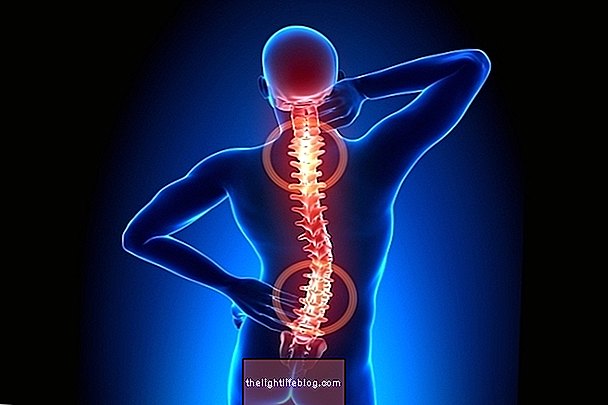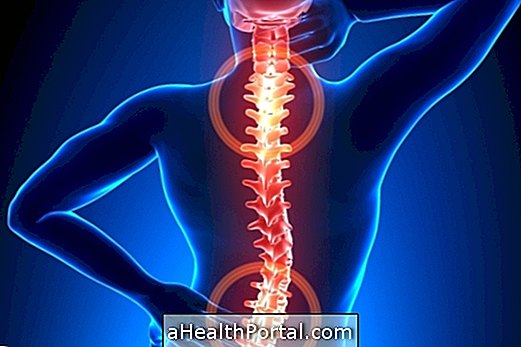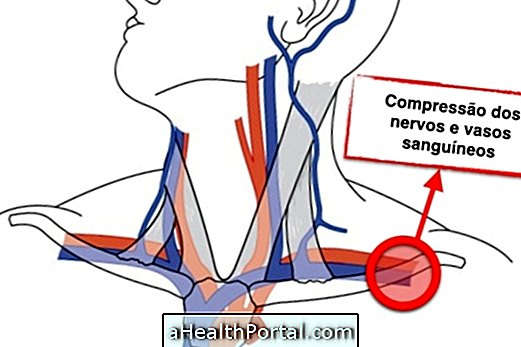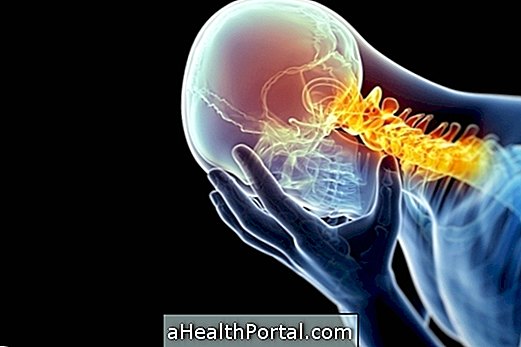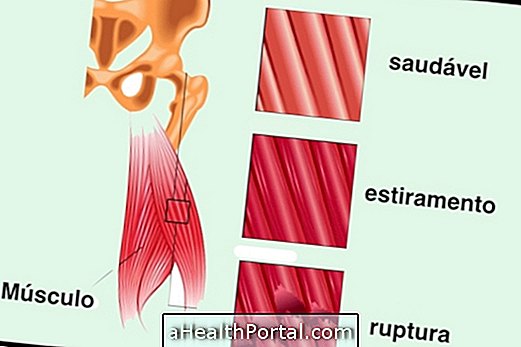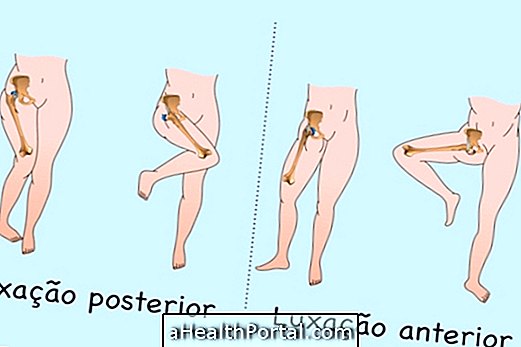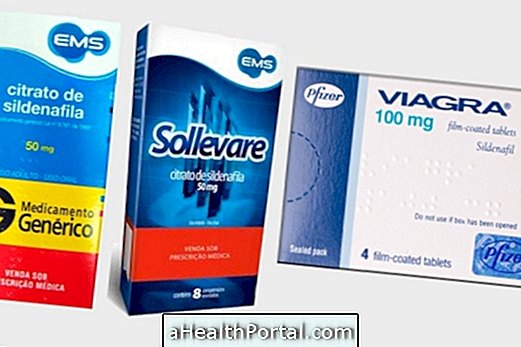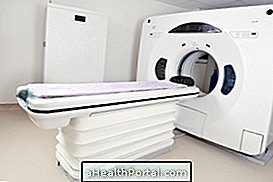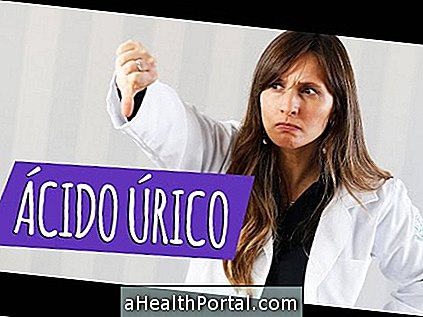Sciatic nerve pain remedies, also called sciatica, which may be prescribed by your doctor include painkillers and anti-inflammatories such as Paracetamol, Ibuprofen or Naproxen for mild to moderate pain. Muscle relaxants like Carisoprodol or Cyclobenzaprine may also be helpful in relieving sciatica and can be easily bought at the pharmacy, even without a prescription.
However, when the sciatica is very severe and the person can not even stand, sit, or walk, because the spine is 'caught', as if there were a sciatic nerve clamping, the doctor may give corticosteroid injections during 7 to 10 days.
How to take
The prescribed medicine should be taken according to the doctor's or pharmacist's orientation but usually consists of:
- Paracetamol or other analgesics: take at most 4 g per day;
- Ibuprofen or other anti-inflammatories: take up to 1.2 g per day;
- Corticosteroid Injection: Take only 1 a day at the pharmacy or medical clinic.
Ointments such as Diclofenac may also be helpful in relieving pain and can be applied up to 3 times a day with an on-site pain massage until fully absorbed through the skin.
So if you are taking Paracetamol or Tylenol tablets, for example, if you feel that you are not being enough because you do not relieve the pain, you can pass an anti-inflammatory ointment at the pain site before you think about taking another pill, it avoids the side effects that the remedies can cause in the liver. If you feel that the remedy and the ointment are not having the expected effect you should return to the doctor so he can indicate and apply the injection.

Sciatica is characterized by a kind of burning, which can range from the back of the back, affecting the buttock, the back or the front of the thigh to the foot. It is usually caused by compression of the sciatic nerve due to a change in the lumbar spine like disc herniation or spinal deviation, but it can also happen due to the nerve passing through the piriformis muscle, and whenever it becomes very tense, the Sciatic crisis can appear with symptoms such as pain, tingling or burning in the back, buttocks and legs. Learn how to identify Piriformis syndrome.
How To Cure Sciatica Pain Faster
After taking the remedies during the sciatica crisis, you need to find out what led to the onset of the pain to start the proper treatment so that the pain will not come back.
The treatment so that sciatica does not come back can be done with sessions of physical therapy, osteopathy, acupuncture, aqua aerobics and Pilates clinic. In more severe cases, surgery is needed to decompress the inflamed sciatic nerve or reduce the herniated disc, if this is the root of the problem, but about 90% of people do not need surgery and achieve healing through physical therapy. Learn all the treatment options for sciatic nerve pain.
Check out how to do the most indicated exercises to heal the inflamed sciatic nerve in this video:

Signs of improvement and worsening
Signs of improvement appear right after the doctor has started taking medicine, and the greatest evidence is relief of the pain and feel of the prey leg, which facilitates movement and daily tasks.
Possible Complications
If the nerve continues with a low blood supply, there may be complications such as permanent damage to the nerve, and this can cause the person to feel a lot of pain throughout the path of the sciatic nerve, or even lose sensitivity in these places. When the nerve suffers a serious injury due to an automobile accident, for example, the best treatment is surgery and when the surgeon can not completely repair the injury it may be necessary to undergo physiotherapy for long periods.
